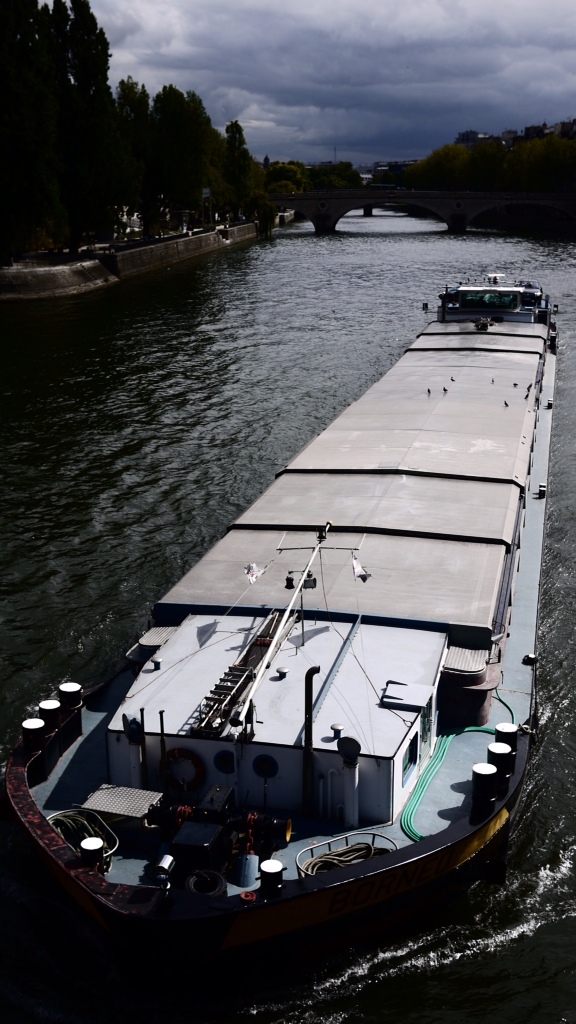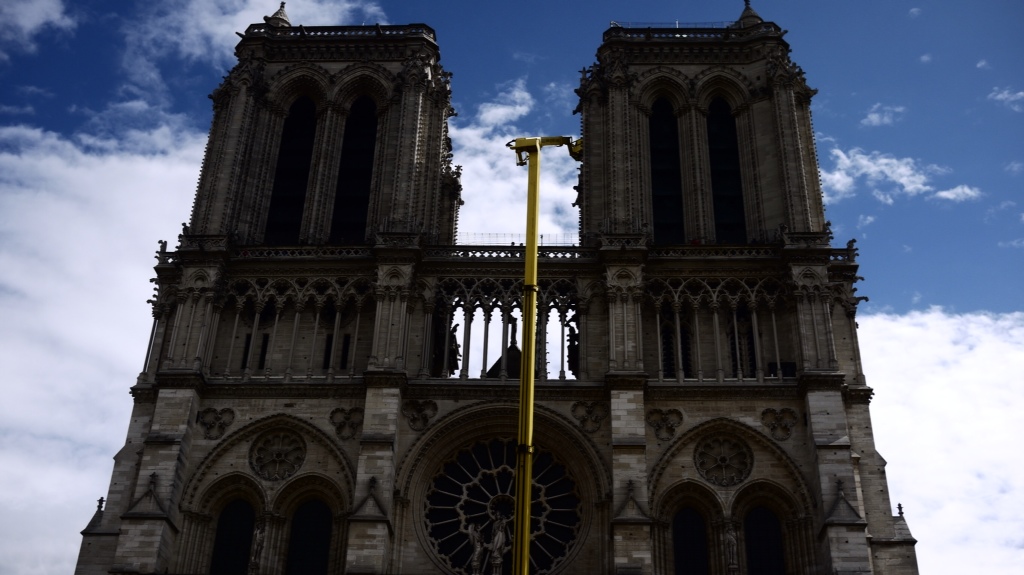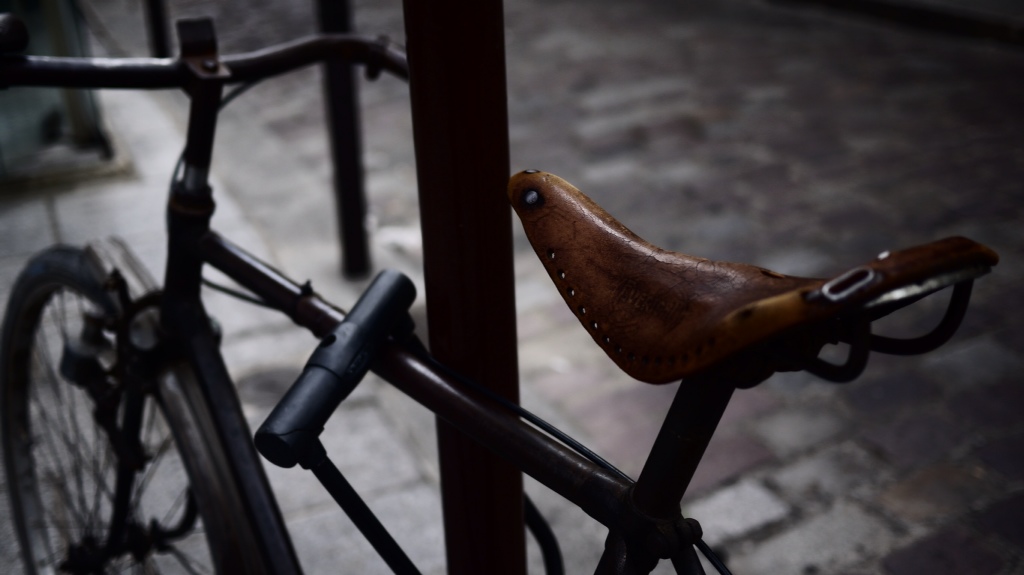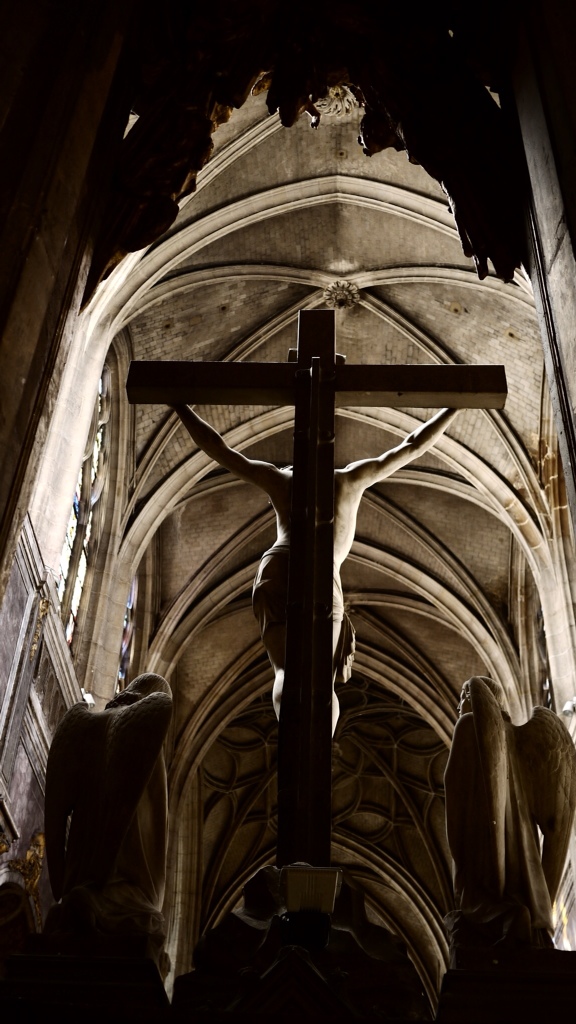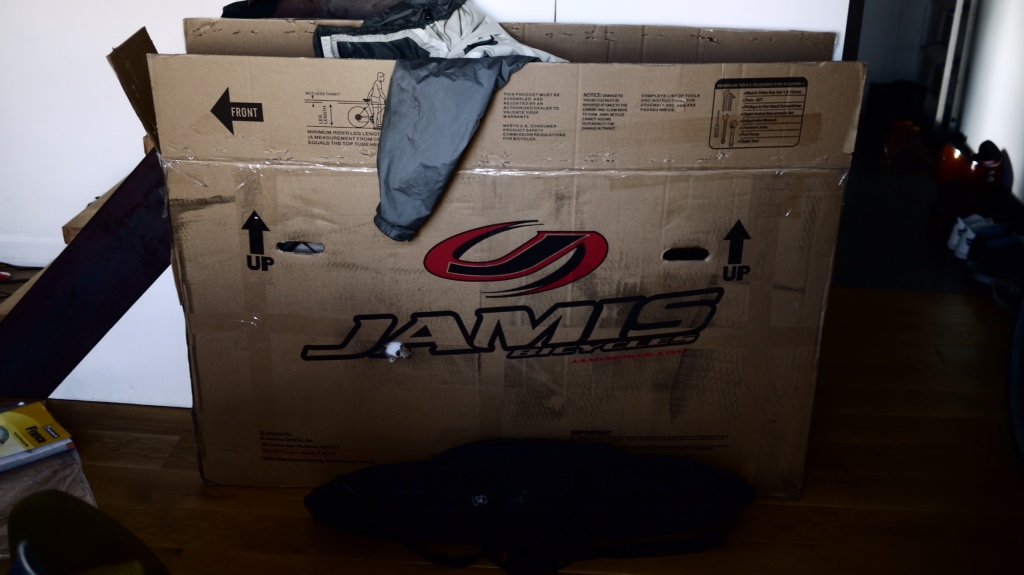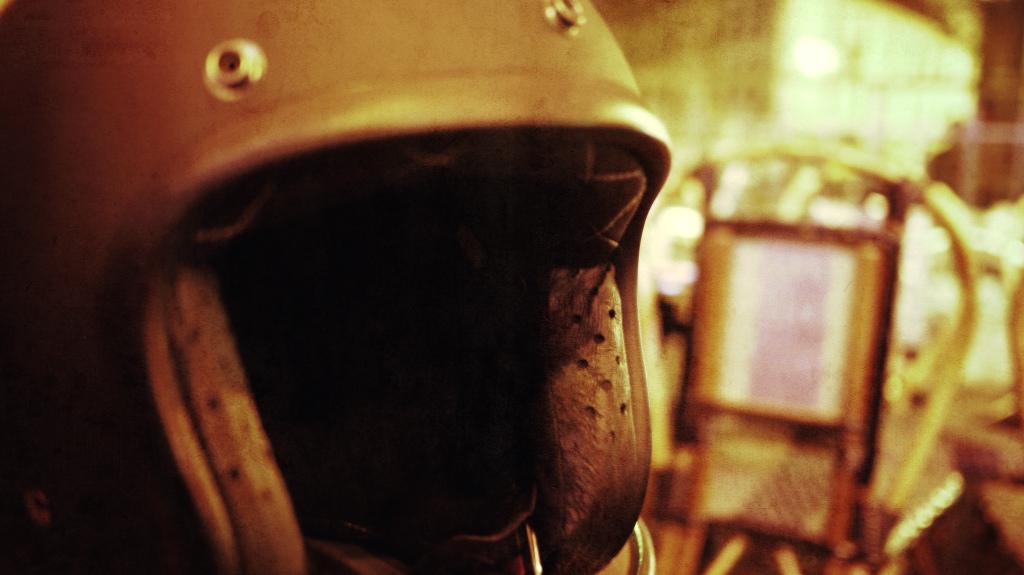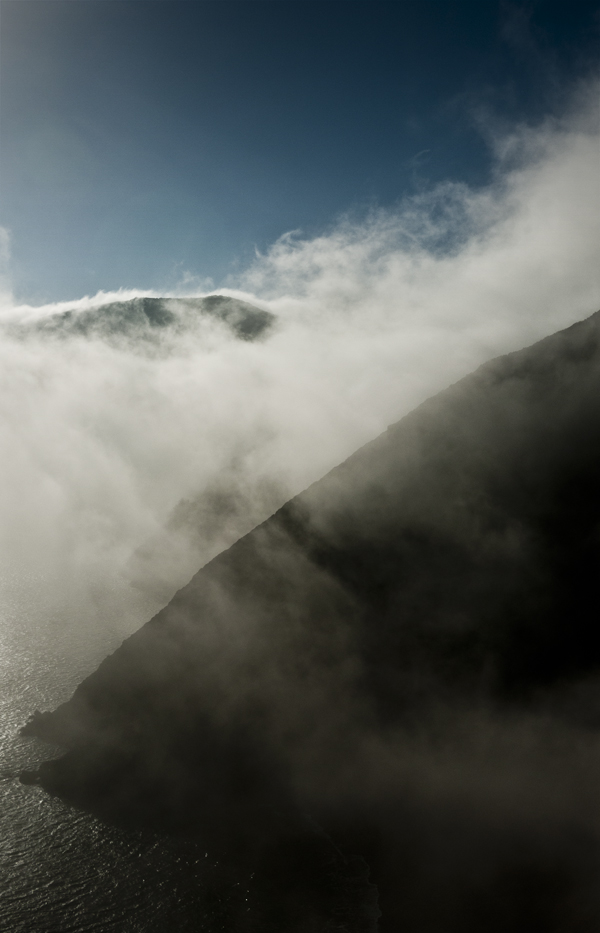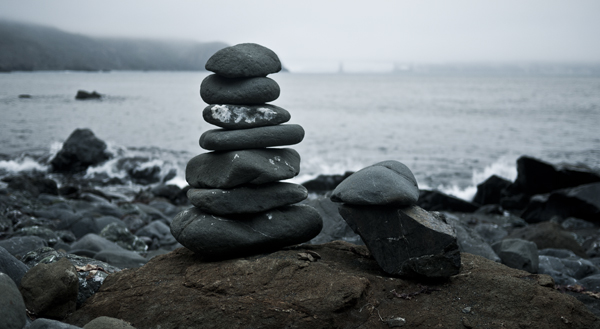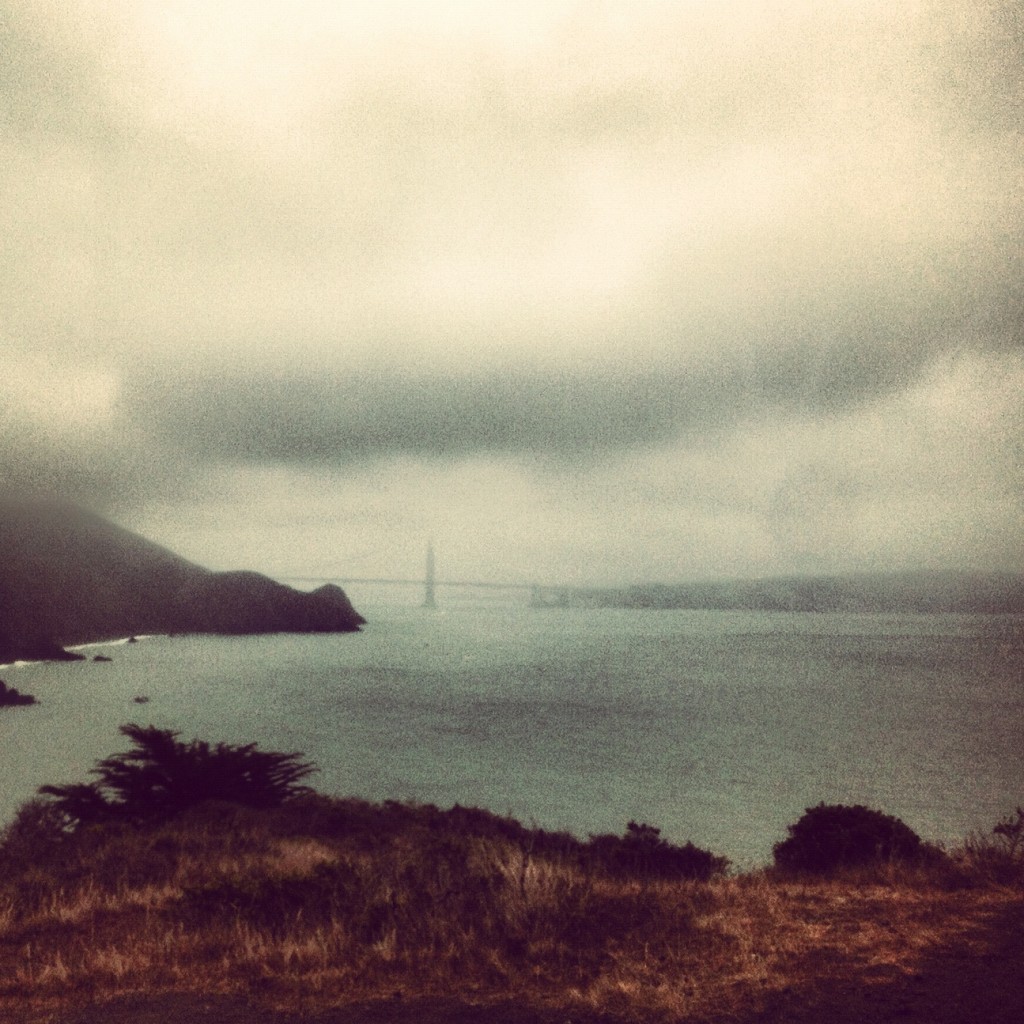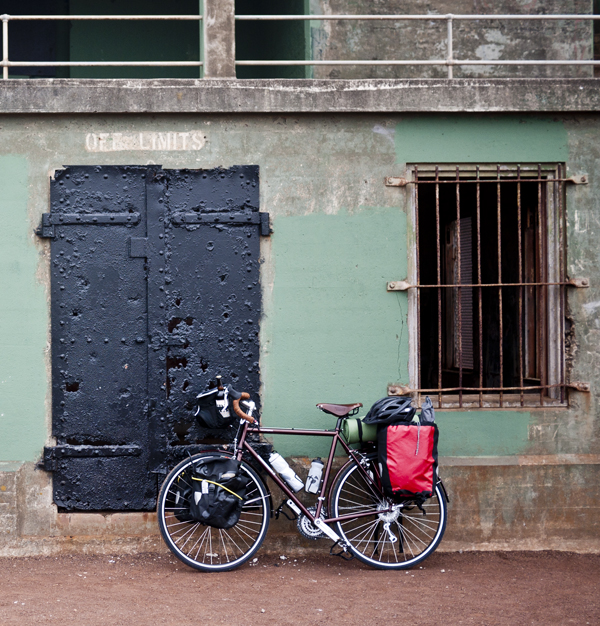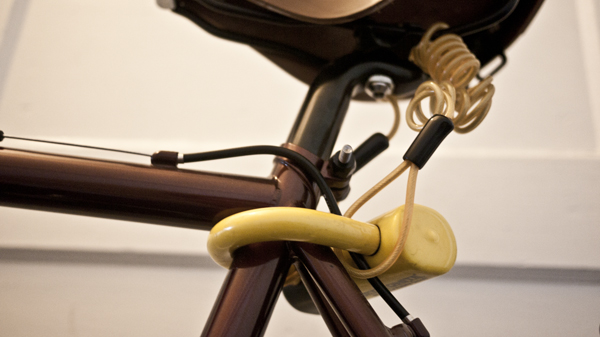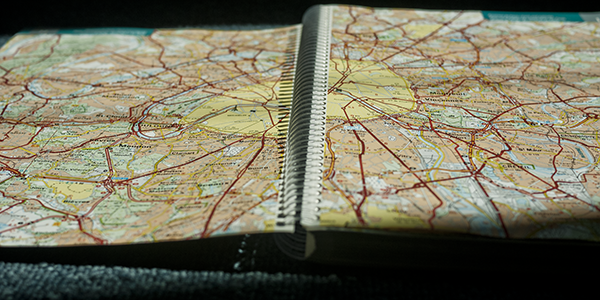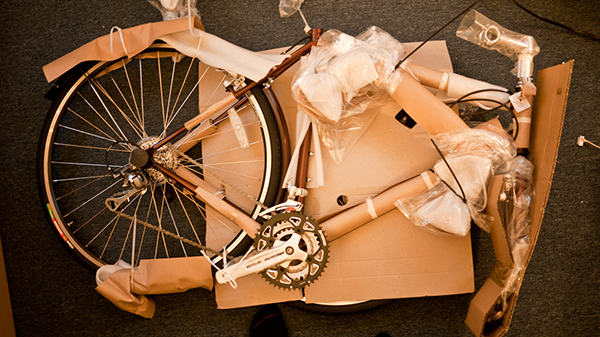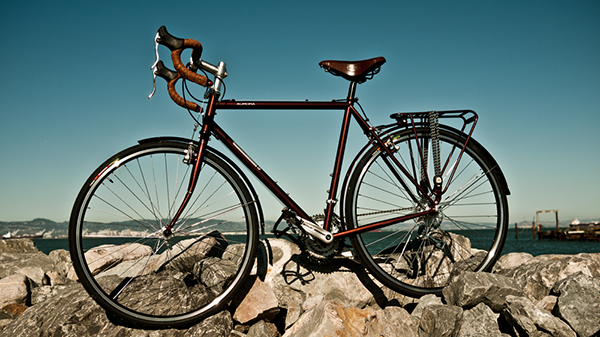We've all reached points in our life of absolute exhaustion. Hungry, tired, sore, with flagging hope. Rather than focusinga on the task at hand, you sit back and wonder why you're doing what you're doing at all. You could be at the movies, you could be lying in your bed.
Most people reach this point somewhere on the course of a bicycle tour. I reached it while packing.
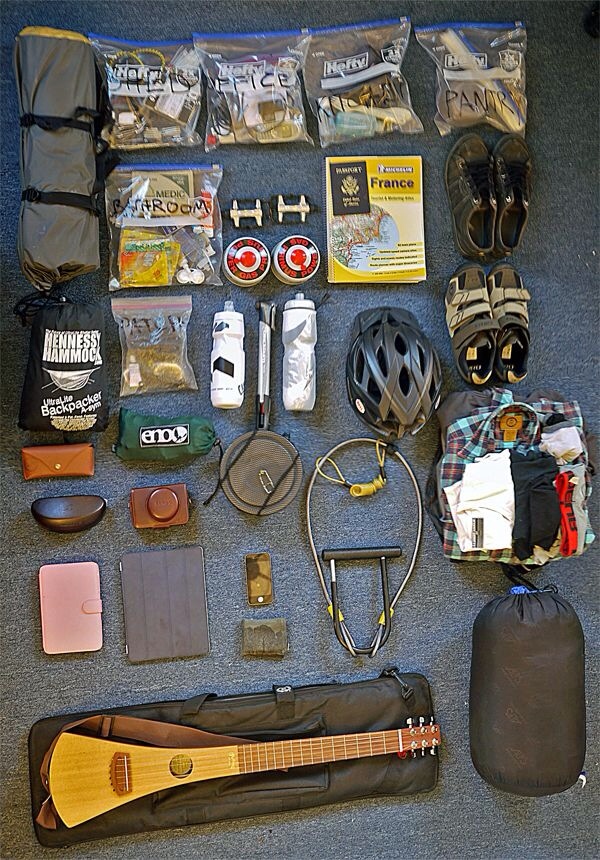
For two months, this is everything.
I had been considering every ounce of weight for weeks, that wasn't the issue. Having taken a few smaller trips on the packed bike, I knew what I felt was important and it was all in one place. The real afternoon-suck came when I tried to put it into the bike box.
I had planned to disassemble the bike, put it back in the box, and stuff my panniers around it. At first exactly one step of this plan worked. Even getting the damned thing back into the box was an ordeal, and there wasn't much margin for error. Let alone space for my bags.
After hours of finagling, we managed to get the bike somewhat padded and safely stowed. I then took what I could out of my nicely packed panniers and began shoving things into the sides and bottom of the box. We wrapped a fair amount of packing tape around the box, with the intention of using the baggage wrapping machine at the airport. Great idea, but there wasn't a machine at my gate. So now I'm in the back of a very large plane. My bike is in a box on the belly of the plane, no doubt half-destroyed already with another 5,000 miles to go.
—-
You'll notice in the above image that I've come up with a novel organization system for my on-bike gear. Each plastic bag has the name of a room in your house. This way, each thing has a logical location. Where is the coffee filter? In the Kitchen. The toothbrush? Bathroom. The knife? Shed. I'm actually pretty proud of this system.
—-
Now sitting on the blue carpet of JFK airport. The late afternoon sun is cutting into the terminal at a sharp angle, blinding anyone who will look. It has been impossible to secure wifi at this place. And beyond that, anyone who is selling anything at this terminal seems downright committed to being mean. I ended up buying a slice of pizza that I was only asking about. My beer came late, with a dirty look. And when I tried to buy coffee, things got worse.
I noticed that a particular café had a password-protected wireless network. To me, that's worth a cup of coffee. But when I ordered one and asked for the password, the clerk poured the coffee but denied the existence of the network. She did it in a way that made it clear that she spends 30% of each and every day denying its existence. The coffee was $3, and I had $2. She refused to take a card and took the coffee back. I left without wireless or coffee
That's when I retreated to the blue carpet to sit in the askance glare of dying yellow sun. In two hours, I board a plane for Paris. It's a grueling trip. I left my apartment at 4am, and I land in Paris at 10:30am the next day. Still not sure how I'll find a taxi for my bike when I get there.
Luckily, I was born with one very special talent. I'm able to shut down my higher brain functions when I enter airports. This puts me into a fugue-state that is perfect for long travel days. I just stand in the lines and sit and stand when it's time to sit and time to stand. People, I think, refer to this as being a “seasoned traveller,” but I think it's just a kind of intentional sleepwalking.


